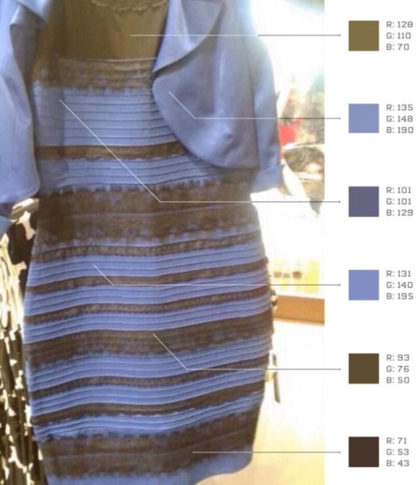Proceedings: DIA China 2020
Janssen R&D, China
emember the 2015 internet sensation about dress color? It is a reflection that people can view things a lot differently than you might think.
The “Benefit-Risk” (BR) assessment of a drug is far more complicated than determining dress color. So, it is not uncommon that various stakeholders – including sponsors, regulatory agencies, patients, or payers – can have different conclusions about the BR assessment of a drug.

Key Takeaways
- BR assessment is a continuous iterative process during a product’s lifecycle.
- There are great demands for transparency and efficiency in BR assessments and communications from all stakeholders.
- Using a combination of BR methodologies (qualitative and/or quantitative) is a growing trend.
- Interest in engaging patients in BR assessment is also growing.
BR Assessment Process
The balance between benefit and risk is the fundamental principle of drug development and the foundation for regulatory decision-making. Over the years, it has been routinely incorporated into the later stages of drug development, including post-approval. But recently, the importance of BR assessment in early stages of drug development has also been recognized as an essential contributor to key development milestone decisions. BR assessment remains essential throughout the whole life cycle of a drug – a continuous, iterative, and evolving process that spans drug R&D, regulatory agency review and approval, and post-market surveillance.
BR Methodology
BR assessment has evolved from an inconsistent and subjective to a more structured, transparent, and consistent approach that employs multiple qualitative and quantitative methods to incorporate weighted preferences from various stakeholders. Recently, more attention has also been given to communication of BR assessments: How can stakeholders and decision makers more effectively and transparently communicate the scientific rationales supporting the BR assessment?
BR frameworks, which refer to structured approaches focused on identifying and communicating key issues, evidence, and uncertainties in the BR assessment, can serve as decision support tools. The commonly used structured BR frameworks include ICH M4E (R2), FDA BRF, PhRMA BRAT, and EU PrOACT URL. They differ in detail but are generally aligned in principle. The common elements across frameworks include
- Context: the condition a drug is meant to treat, currently available treatments,
- Key benefits and key risks,
- Strengths, limitations, and uncertainties of the evidence,
- Risk management plan, and
- Overall BR conclusions.
Some quantitative approaches (e.g., MCDA, SBRAM, CUI, DI, etc.) that incorporate weights (preference values) to stakeholder values of benefit and risk have been developed and may be especially useful in the early development stage. Combining multiple (qualitive, semi-quantitative, or quantitative) methodologies can also facilitate a more robust BR assessment.
Patient-Focused BR Assessment
The BR assessment requires more than clinical outcomes. It is essential to consider and reference value judgments which associate clinical outcomes to specific key benefits and key risks, and to determine the most important benefits and acceptable risks in the context of making the decision to use the drug. These judgments and determinations must not only consider what is meaningful to sponsors or agencies but, most importantly, what is meaningful to patients. To weigh the balance of a drug’s benefits and risks in the context of the patient (or caregiver), patient input must be made central to benefit-risk assessments.
Patients are the potential beneficiaries of effective treatments and also bear the potential risks of those same treatments. Their perspective on relative value and importance is essential to effectively assessing a potential drug’s benefits and risks, and more efforts are required to improve patient engagement practices among all stakeholders involved in benefit-risk assessment and related decision-making.

